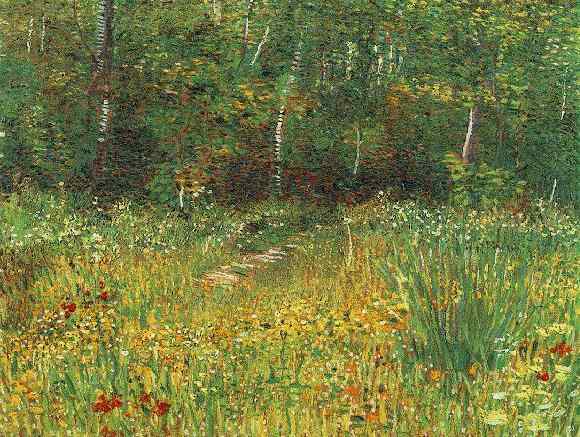The Ten Divisions
After the opening (1.1-2.3), Genesis has ten divisions, each beginning with the phrase, "Now these are the generations of..." The words carry the idea of "This is what became of..." In other words, they build upon the previous section and tell what happened with regard to the development of the situation or people who were introduced there.
- This is what became of the heavens and the earth (2.4-4.26)
- This is what became of Adam (5.1-6.8)
- This is what became of Noah (6.9-9.29)
- This is what became of Noah's sons (10.1-11.9)
- This is what became of Shem (11.10-26)
- This is what became of Terah (Abraham's story—11.27-25.11)
- This is what became of Ishmael (25.12-18)
- This is what became of Isaac (25.19-35.29)
- This is what became of Esau (36.1-43)
- This is what became of Jacob (37.1-50.26)
Another way to look at the overall picture of Genesis is to see the two major divisions of the book:
- Gen 1-11—Stories of the Beginning (from creation to the nations)
- Gen 12-50—Stories of the Fathers (Abraham/Isaac/Jacob/12 Sons/ending in Egypt)
The second part tells how God chose one man, Abraham, from among the nations and promised that he would bless him, give them a land of his own, and through one of his descendants, restore divine blessing to the world. Abraham and succeeding generations of his family, chosen solely by God's grace, learn to trust God and walk with him, though they never receive the fulfillment of his promise. Ultimately, the family ends up in Egypt through God's providential protection and provision.
The "Seed" Promise Developed
Yet a third way to see the overall plot of the book is to trace the promise of the "seed" (or descendant) through the book. After humankind fell into sin, God promised that he would send a "seed" (a future descendant) to overthrow sin, evil, and death, and restore his blessing to the whole world. As the story develops, the identity of this "seed" becomes more and more clear.
- Gen 3.15—The seed of the woman (a child born of woman)
- Gen 12.1-3, 15.1-6, etc—The seed of Abraham (chosen by God from the nations)
- Gen 26.1-5—The seed of Isaac (not Ishmael)
- Gen 28.13-14—The seed of Jacob (not Esau)
- Gen 38, 49:8-12—The seed of Judah (not the other tribes)
A later book, the Book of Ruth, adds a final chapter to this plot. The chosen descendant will be the son of David (Ruth 4.13-21).
The first mention of the "seed" is in Genesis 3.15:
I will put enmity between you and the woman,This text records God's words to the serpent in the Garden. It says that one day a child, born of woman, will fight against the serpent, striking a mortal blow on the serpent's head even as he suffers a wound to his heel. Commentators throughout the centuries have called this verse the Protevangelium, the "first Gospel." In the first few pages of the Biblical record, we already see Jesus clearly. He is the one who came, born of a woman, who suffered a deep wound on the cross; and who by that wound conquered and defeated the serpent and the curse forever.
and between your offspring and hers;
he will strike your head,
and you will strike his heel.


No comments:
Post a Comment